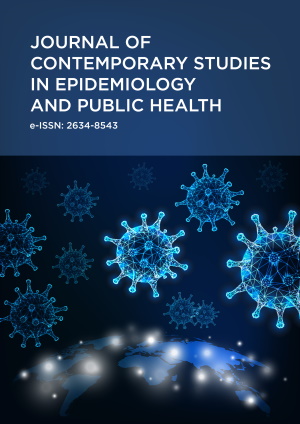Abstract
Background: Since the onset of the 2019 novel coronavirus disease (COVID-19), many reports have presented the disease as a respiratory disease, thereby limiting diagnosis to presentations with respiratory symptoms. This review critically analyzes and consolidates published literature describing extrapulmonary features of COVID-19.
Methods: Recently published full-text literature on the extrapulmonary manifestations of COVID-19 was reviewed. The studies reviewed focused on the cardiovascular, gastrointestinal, nervous, hematopoietic, genitourinary, and musculoskeletal systems; and ocular, otorhinolaryngological, and cutaneous symptoms.
Results: A total of 28 original articles were selected and analyzed. The most common extrapulmonary manifestations were acute cardiac injury (7.2-19.7%), arrhythmia (16.7%), and shock (8.7%) in the cardiovascular system; anorexia (83.8%), liver abnormality (14.8-37.2%), diarrhea (3.8-29.3%), abdominal pain (0.4-12.0%), nausea (9.5%), and vomiting (0.8-5.0%) in the gastrointestinal system; acute cerebrovascular disease and loss of consciousness (36.4%) in the nervous system; lymphopenia (40.0%-64.0), leukocytosis (14.3-23.4%), anemia (15.0%), thrombocytopenia (7.0%), elevated D-dimer (42.0%), and prolonged prothrombin time (2.1-6.0%) in the hematopoietic system; and proteinuria (43.9-62.7%), hematuria (26.7%), elevated urea (27.1%) and creatinine (18.6%), and acute kidney injury (3.6-5.1%) in the urinary system. Others include sore throat (28.6%), erythematous rash (15.9%), arthralgia/myalgia (14.8%), widespread urticaria (3.4%), and singular reports of acute myopericarditis, acute lymphocytic myocarditis, meningitis, viral encephalitis, testicular pain, anosmia, and acute conjunctivitis.
Conclusion: COVID-19 affects every organ-system and can cause extrapulmonary symptoms with or without respiratory symptoms. A high index of suspicion is required to help healthcare providers achieve early diagnosis, prompt treatment, and reduce the chances of spreading the disease within the community.
License
This is an open access article distributed under the Creative Commons Attribution License which permits unrestricted use, distribution, and reproduction in any medium, provided the original work is properly cited.
Article Type: Review Article
J CONTEMP STUD EPIDEMIOL PUBLIC HEALTH, Volume 1, Issue 2, 2020, Article No: ep20008
https://doi.org/10.30935/jconseph/8499
Publication date: 30 Aug 2020
Article Views: 2263
Article Downloads: 1317
Open Access References How to cite this article
 Full Text (PDF)
Full Text (PDF)